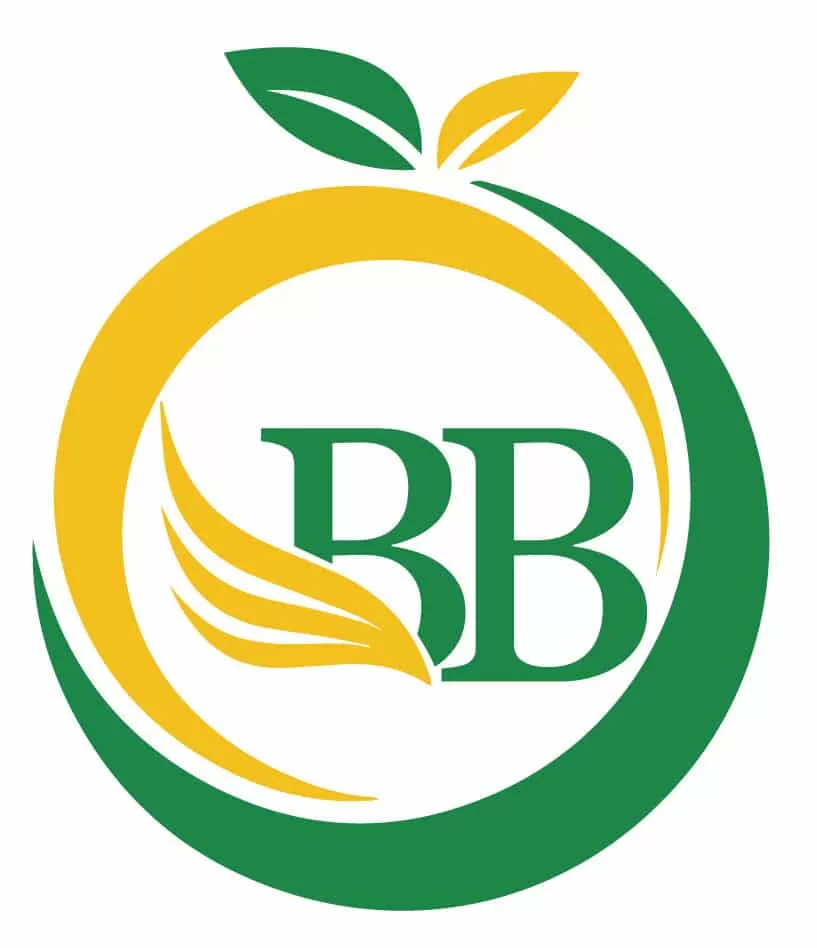Let’s be honest: “natural flavors” is one of those terms that sounds like a health halo. See it on a label and your brain thinks, Hey, this must be better. Marketers know that. That’s why it’s slapped on everything from “healthy” granola bars to sparkling water to so-called clean-label protein powders. It feels comforting, like something your great-grandmother would recognize. But spoiler alert: she wouldn’t. The truth? Natural flavors are often just as synthetic, lab-engineered, and highly processed as their artificial cousins—they’re just dressed up in a little Whole Foods cosplay.
Let’s dig in.
What Are Natural Flavors, Really?
The FDA defines “natural flavors” as anything derived from a plant or animal source that’s used primarily for flavoring, not nutrition. Sounds innocent enough—lemon oil from a lemon, vanilla from a vanilla bean. Great, right?
But here’s where things go sideways: the original source might be natural, but the process that gets it into your food is anything but. Most natural flavors are lab-created by flavor chemists using a combination of solvents, preservatives, and carriers. Think: propylene glycol, glycerin, and even genetically modified yeast in some cases. They’re allowed in trace amounts under the “natural” umbrella—and they don’t have to be disclosed on the label.
So yes, that “natural raspberry flavor” may have started with an actual raspberry. But by the time it hits your electrolyte drink? It’s traveled through a chemical processing pipeline worthy of a sci-fi movie.
Natural vs. Artificial: The Gap Is Smaller Than You Think
Here’s the kicker: natural and artificial flavors are often chemically identical. The difference is where the flavor started. If it began with something found in nature (a leaf, a root, a fruit), it’s “natural.” If it came from a lab entirely (like petroleum or synthetic vanillin), it’s “artificial.” But in both cases, the final molecules can be exactly the same.
You’re not tasting “real” orange in your orange-flavored bar. You’re tasting molecules engineered to make your brain think “orange”—plus about 50 hidden chemicals used to preserve and stabilize that flavor. It’s food trickery. And your palate never stood a chance.
Why Natural Flavors Matters
Your taste buds are part of your hormonal and neurological feedback system. They were designed to interpret real food signals—sour from vitamin C, sweet from ripe fruit, savory from protein. But when those signals get hijacked by manufactured flavors, the body gets confused.
You crave more, but stay unsatisfied. Your brain says “this tastes like strawberry!” but your body doesn’t get the nutrients it expects. Over time, this disrupts hunger hormones like ghrelin and leptin, leads to overeating, and dulls your palate. And don’t even get me started on how these flavorings impact the gut microbiome. Hint: it’s not good news.
What to Do Instead
I’m not saying you need to live like a monk and avoid all flavored products. But if you’re aiming for primal health, pay attention to what’s behind the flavor.
-
Look for products flavored with real ingredients: lemon peel, dried strawberries, cinnamon, cacao, etc.
-
Be skeptical of labels that say “natural flavors” without specifying the source. Ask the brand. Transparency is a good sign.
-
If you’re making your own products (shoutout to the home-blenders and kitchen hackers), stick with fruit powders, spice blends, or citrus oils. They’re flavorful, functional, and actually natural.
Final Word
“Natural flavors” are a marketing trick that exploits your trust in nature. The more you reconnect with actual food—real lemon, real mint, real cocoa—the more your body recalibrates to what nourishment actually tastes like.
Don’t settle for synthetic taste dressed up in a farmer’s market costume. You deserve the real thing.

